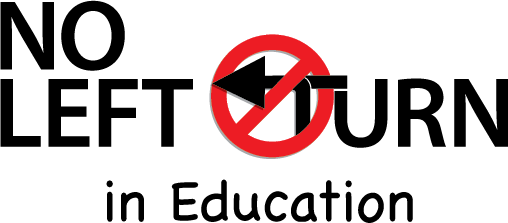The Controversy Around Teaching Reading
The controversy about the best method to teach reading has been raging for more than 200 years. Phonics has been around since the 1600s. In the 17th & 18th centuries phonics remained the prevailing method. Children learned the relationship between how letters looked (graphemes) and how they sounded (phonemes). However, in the mid 19th century, Horace Mann, “the father of public education,” bitterly opposed phonics instruction, claiming that phonics destroyed children’s love of reading. That was the beginning of the “reading wars” that continue today.
How much of today’s reading instruction is based on science rather than belief? The most prevalent current methods include whole language, balanced literacy, and phonics. Whole language is an approach or attitude toward learning, not a teaching method. It assumes reading is a natural process, like learning to talk, and that is the problem. The human brain is not naturally wired to read. “People learn to read by repurposing parts of the brain meant to do other things — visual processing, language comprehension, and speech production.”
A purported compromise between phonics and whole language has been termed “balanced literacy.” This method balances the explicit language instruction of phonics with independent learning and language exploration.
Unfortunately, “The continuous strategy of teaching children to predict and read in context often develops the habit of guessing words.”
The most effective and successful method to teach beginning readers is with phonics. Reading is a cognitive skill, and decades of research on that cognitive process “provide convincing evidence that explicit decoding instruction (e.g., phonological awareness, phonics) should be beneficial to reading success.” Results of brain research support the phonics approach for emergent readers. Dr. Anne Cunningham, literacy expert, and Dr. David Rose, a neuro-psychologist assert, “Beginning readers show more activity in the parieto-temporal, or word analysis, region, while experienced readers become increasingly active in the occipitotemporal, or word recognition, region.”
In April 2000, the National Reading Panel acknowledged the importance of phonics. The Panel concluded that “systematic and explicit instruction in phonemic awareness should be an important component of classroom reading instruction for children in preschool and beyond.” In fact, “Children’s knowledge and use of grapho-phonic and morphemic rules has a lasting effect on the progress that they make at school. This knowledge has an impact on their reading ability which in turn affects their success in learning about English, mathematics and science.”
However, two decades later, reading instruction lags behind the recommendation because teacher training programs do not include the science of reading. “Most teachers nationwide are not being taught reading science in their teacher preparation programs because many deans and faculty in colleges of education either don’t know the science or dismiss it.” Results of national and international exams like NAEP and PISA bear witness to the overall poor reading skills in the US. Recently, the head of New York City public schools has admitted that they have been teaching reading all wrong. Balanced literacy doesn’t work! The time has passed for experimenting with American students. Abolish whole language and balanced literacy, and teach the students to read!
Posts Submitted By

Laura M
Director of Handle Education with 40+ years experience as teacher and administrator in public secondary education, community college and college. Dedicated to helping parents and teachers to maximize student potential.

Leave a Response